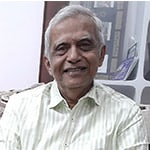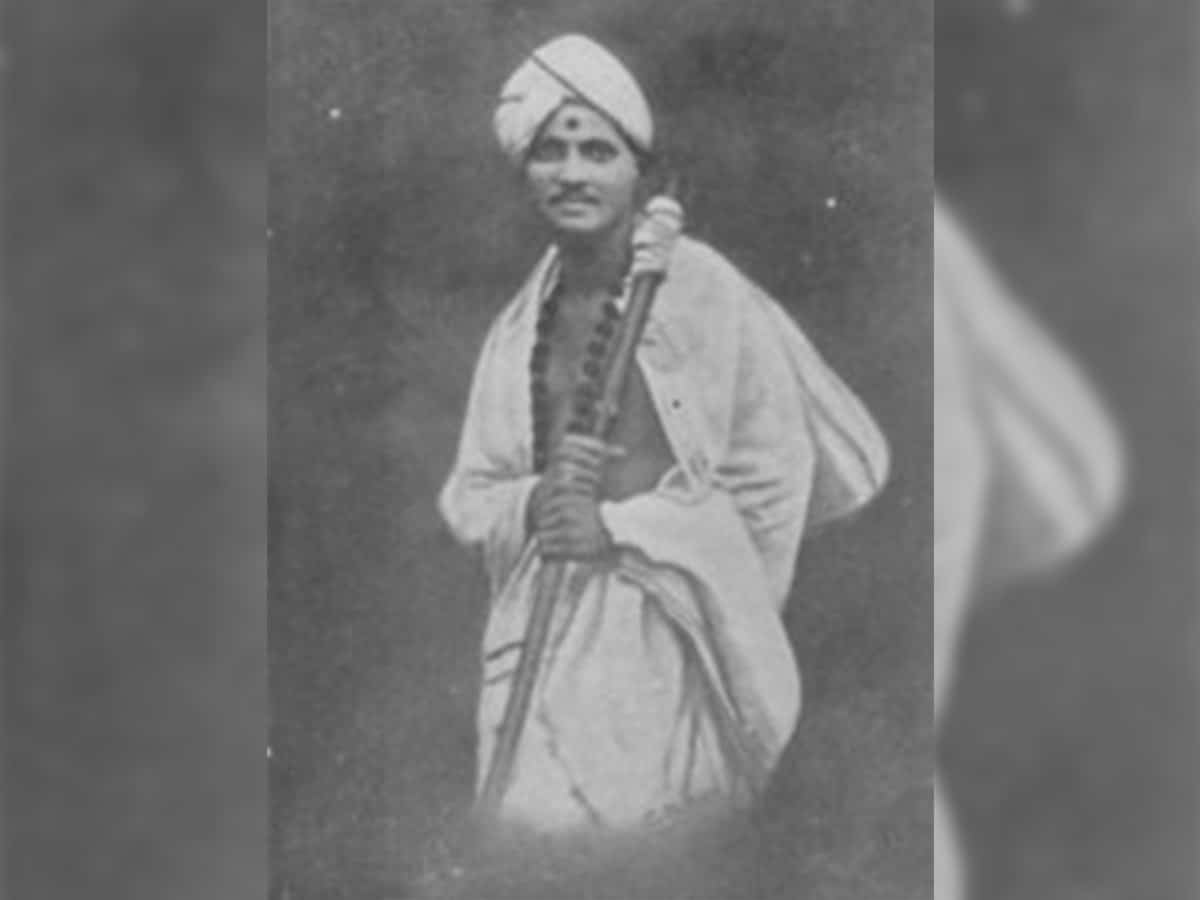
Jai Hind. A little known episode from freedom struggle. Imagine an entire population deserting their village to protest against an autocratic government.
Yes. It did happen almost a hundred years ago in Guntur district of Madras Province. The novel protest fired the patriotic spirit of thousands of young men and women across the country to join the nationalist movement.
The Government had merged contiguous villages of Chirala and Perala to convert into municipality in 1919 with the obvious intent of augmenting tax collections, from Rs. 4,000 a year to Rs 40,000. Over 17,000 residents, already groaning under heavy tax burden, vehemently opposed it. But the Justice Party Government, headed by the Rajah of Panagal, resolved to have its way at any cost.
There ensued a kind of war between the people and the Government, each refusing to budge an inch. All the elected councilors resigned and joined the agitation. The Government doggedly carried on the administration with a paid chairman. The residents were jailed for refusing to pay the taxes. One of the imprisoned residents was considered to be the first woman in the country to be imprisoned on political grounds.
Taking up their cause, Duggirala Gopalakrishnayya, ‘a stalwart known for his courage, scholarship and love of independence’, devised a novel strategy. He successfully persuaded the people–every man, woman and child, to move out of Chirala-Perala and settle down in Ramanagar, a sprawling camp he had set up on the outskirts. People willingly bartered the comfort and security of their homes for a life in makeshift sheds for almost a year.
News of the historic exodus made waves all over the country as a never before demonstration of peoples power. It was an unprecedented step in the history of the country. For eleven months people lived in thatched huts braving the rigours of weather. Gopalakrishnayya and his Ramadandu –a brigade of highly disciplined cadre of volunteers — sustained the morale of the people through bhajans and sankeertans. He constituted an ‘Assembly’ comprising members representing each caste and an arbitration court. His aim was to showcase to the world how Swarajya, as conceived by him, would be like.
Gopalakrishnayya journeyed to Berhampore in 1921 to collect funds for the movement. He was arrested for addressing a meeting defying prohibitory orders and was jailed for a year at Trichinapoly. In the absence of a tall leader like Gopalakrishnayya, the movement started flagging. Unable to continue the agitation and face repression, people returned to their homes in the municipality at the end of eleven months. Though the movement failed, the qualities of courage and fearlessness it engendered stood them in good stead in the subsequent stages of the freedom struggle. The Ramadandu came in for high praise by Mahatma Gandhi and other Congress leaders for the exceptional organisational abilities and discipline of its volunteers at the Congress session held in Vijayawada in 1921. The mass exodus exercise was put in place after Duggirala consulted Mahatma Gandhi.
Tanguturi Prakasam described Duggirala Gopalakrishnayya as hero of heroes and the mass mobilization of villagers ‘a superhuman achievement’. Prakasam wholeheartedly supported the movement and made a ‘substantial donation’. Prakasam wrote, ‘money was no problem as I earned lakhs of rupees in those days and maintained bank accounts.’
Gopalakrishnayya, who had lived with poverty and ill-health, died in 1928 at the age of 39. He was known as Andhra Ratna.
Let us salute one of the great sons of Bharat.
(Story is based on excerpts from Prakasam’s autobiography “The Journey of My Life and AP Government portal)
Dasu Kesava Rao is a seasoned journalist who has worked, among several newspapers, with The Hindu and served as its Bureau Chief in Hyderabad.

